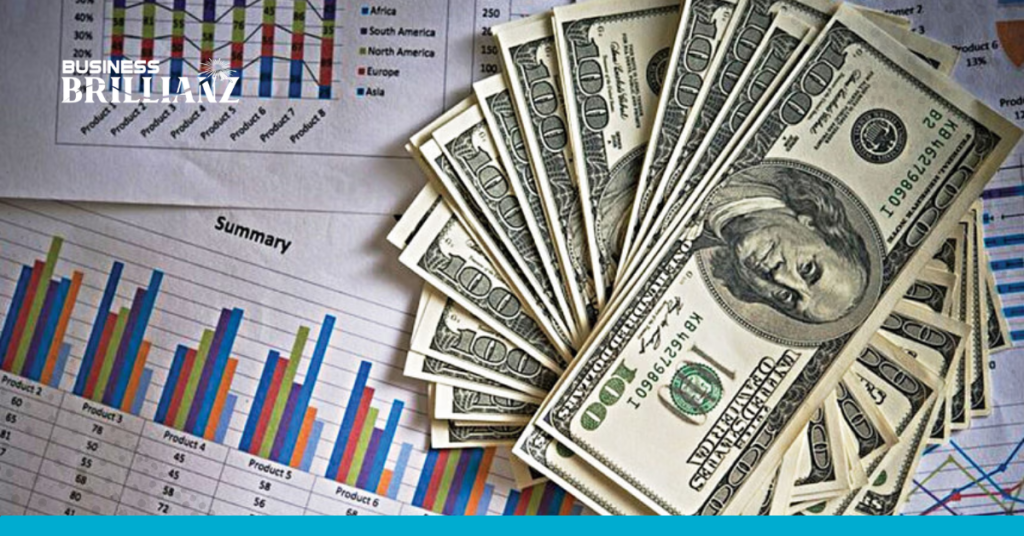Bangladesh’s foreign currency reserves have experienced a notable increase of $377 million within a week, reaching approximately $20.57 billion, as revealed by central bank figures. The data provided by the Bangladesh Bank follows the calculations aligned with the International Monetary Fund’s (IMF) formula.
The previous week had seen the forex reserve at $20.19 billion, marking a rise over the past two weeks. This upward trend ensued after the central bank initiated currency swaps with commercial banks, a strategic move to meet the net reserve condition set by the IMF within the framework of its $4.7 billion loan program.
Under the currency swap arrangement, commercial banks have the flexibility to obtain the local currency from the central bank in exchange for US dollars, with tenures ranging from seven days to 90 days. A senior official from the central bank, preferring anonymity, disclosed that the central bank has garnered over $400 million from nearly 12 banks through the currency swap mechanism since its introduction.
It’s worth noting that the central bank has utilized US dollars from its reserves solely for settling the import bills of state-run enterprises. The forex challenges in Bangladesh escalated post-pandemic in 2021, with import payments outpacing remittance inflows and export earnings, resulting in a US dollar shortage in banks.
The situation worsened in 2022 due to global market disruptions, triggered by supply chain challenges stemming from the persistent impacts of the pandemic and the Russia-Ukraine war. In response, the central bank injected over $28 billion into the banking sector within two years to assist in settling substantial import bills, causing the reserves to halve.
As a consequence of this sharp decline, Bangladesh fell short of meeting the IMF’s minimum net international reserve target of $17.78 billion as of December 31. Industry experts, however, express optimism that the forex crisis will alleviate soon, citing a robust rebound in merchandise exports in January, reaching a single-month record of $5.72 billion. Additionally, remittance inflow surged to a seven-month high in January, indicating positive momentum that suppliers hope to sustain in the coming months.


